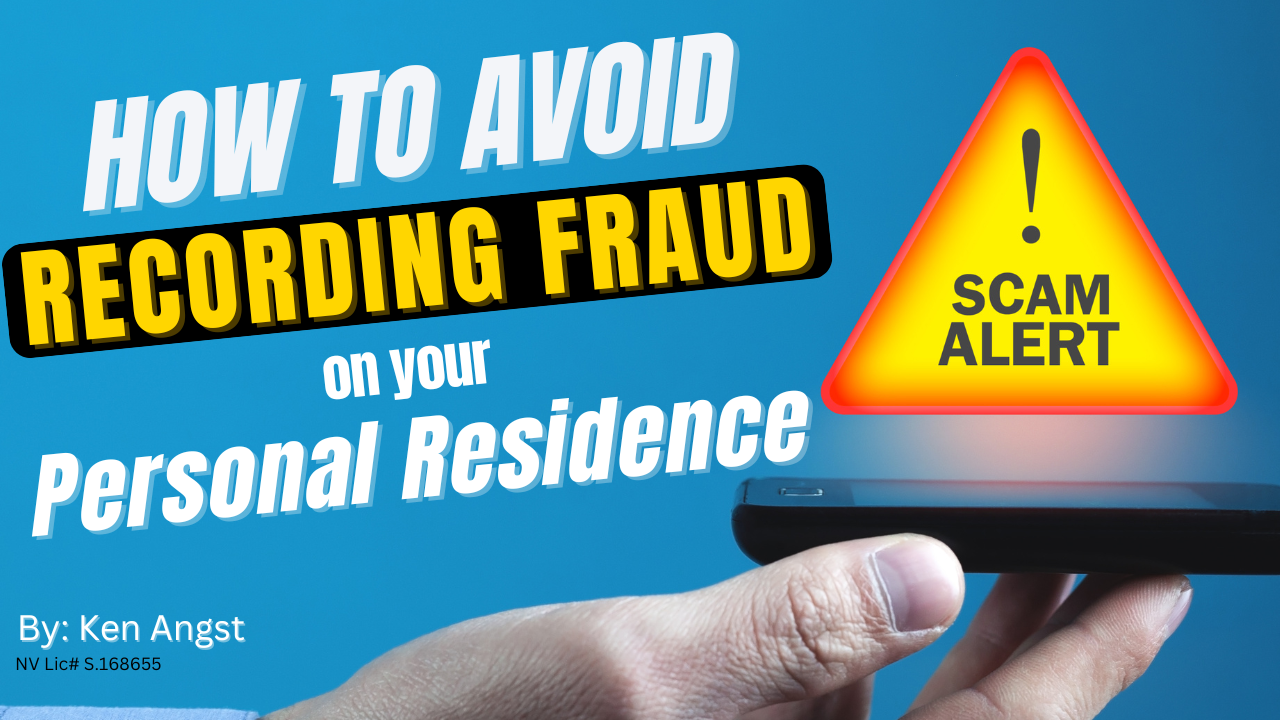Rental Property Insurance 101: Expert Tips for Landlords

Owning a rental property can be a lucrative investment, but it also comes with its share of risks. From natural disasters to tenant-related damages, unexpected events can put your property and finances at risk. That’s where rental property insurance (also known as landlord insurance) comes in.
Whether you're a new or seasoned landlord, understanding the ins and outs of rental property insurance is essential. Let’s break it down and explore expert tips to help you secure the best coverage.
What Is Rental Property Insurance?
Rental property insurance is a type of policy designed to protect landlords from financial losses related to their rental properties. Unlike homeowner’s insurance, which covers owner-occupied homes, rental property insurance provides coverage for homes leased to tenants.
Key Coverage Areas
-
Property Damage – Covers repair or replacement costs due to natural disasters, fire, vandalism, or tenant-caused damages.
-
Liability Protection – Protects you from legal and medical expenses if someone is injured on your rental property.
-
Loss of Rental Income – Provides compensation if your rental becomes uninhabitable due to a covered event.
-
Additional Coverage Options – Includes things like flood insurance, theft coverage, or vandalism protection.
Tips for Choosing the Right Policy
1. Assess Your Property’s Risks
Every rental property is different. Consider factors like location, weather risks, and crime rates to determine what additional coverages you may need.
2. Require Tenant Renters Insurance
Encourage or require your tenants to have renters insurance. This protects their personal belongings and may reduce liability claims against you.
3. Compare Multiple Quotes
Insurance rates and coverage options vary by provider. Get quotes from multiple insurers to ensure you receive the best protection at the best price.
4. Understand Exclusions
Read the fine print! Some policies exclude specific damages (like flood or earthquake coverage), requiring separate policies.
5. Opt for a Higher Deductible to Save on Premiums
A higher deductible means lower monthly premiums but ensures you have sufficient savings to cover unexpected expenses.
6. Regularly Review and Update Your Policy
Reassess your coverage annually or when you make significant property improvements.
Click below to watch out my podcast for our expert insights!
Final Thoughts
Having the right rental property insurance can save landlords from financial disasters. By understanding what your policy covers and implementing best practices, you can protect your investment and ensure peace of mind.
Looking for the best insurance plan for your rental property? Speak with a trusted insurance agent to tailor a policy that meets your needs.
Have you had any experiences with rental property insurance? Share your insights in the comments!
S.0168655
#LandlordInsurance #RentalProperty #RealEstateInvesting #InsuranceTips #KenAngst #ElenaBoland #NickSanseri #AngstRealEstateTeam #LivingInSouthReno #HautePropertiesNV #SellMyHome #RenoRealRstate #RenoHomes #NevadaRealEstate #RenoTahoe #RenoLiving #RenoNV #Nevada #RenoRealtor #Realtor #RenoTahoeUSA #RelocatingToSouthReno

